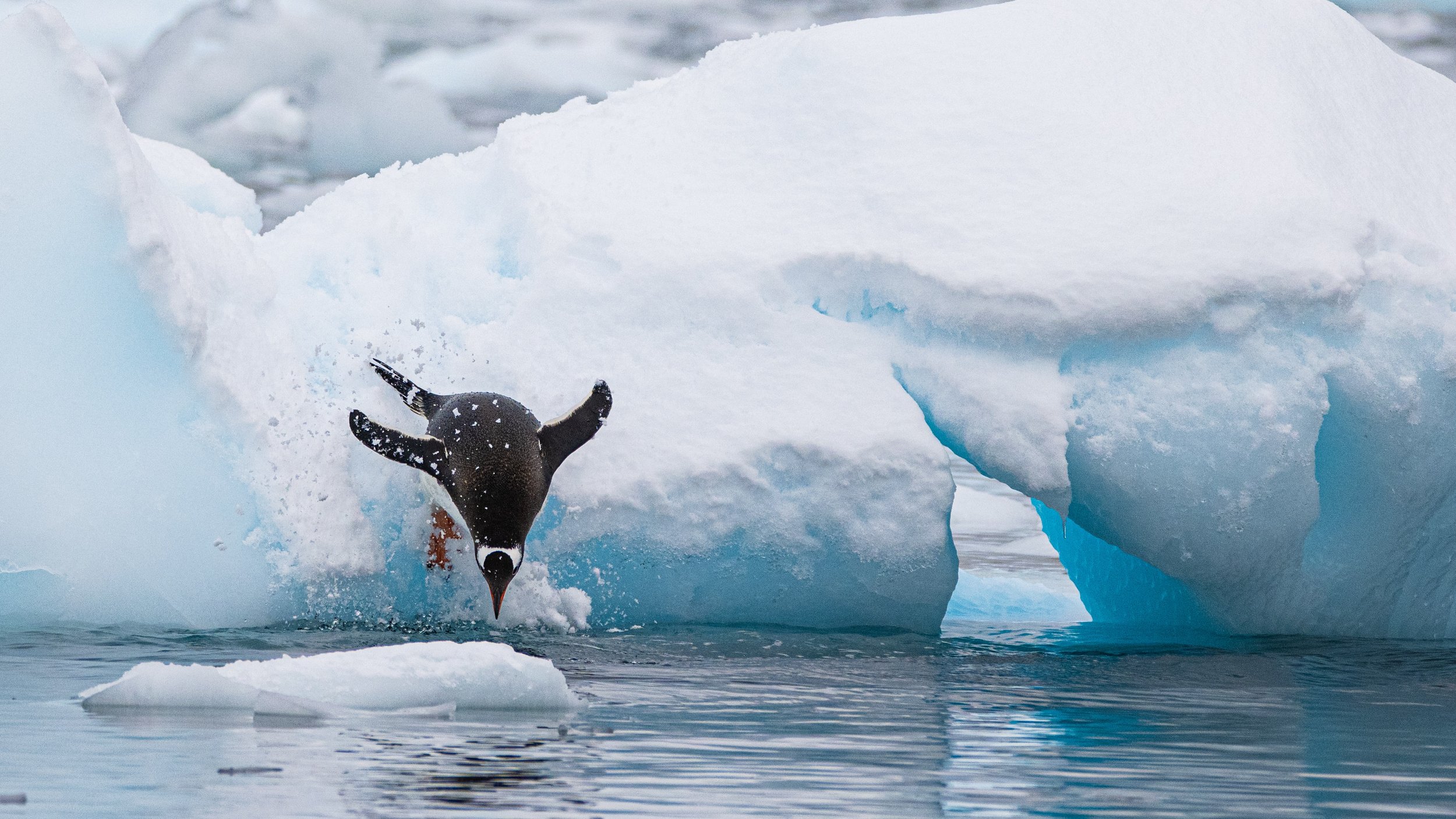Ocean Data Easily Explained
Ocean data is at the core of everything we do at HUB Ocean. Here is an introduction to ocean data for beginners.
1. What is ocean data?
Ocean data is observations of the ocean and from the ocean. These can be observations of waves, as well as measurements of essential ocean variables such as temperature, salinity, oxygen, zooplankton biomass or the presence of whales.
2. How is ocean data used?
Science, industry, and governments can use ocean data for many purposes. For example, to make discoveries, understand and predict the state of the ocean, mitigate climate change, assess industrial impacts, and guide sustainable policy.
3. What are typical use cases?
Tracking emissions to achieve net-zero in shipping, optimizing offshore wind development for more renewable energy, and improving sustainable fisheries management. Read about these and other projects here.
4. How is ocean data collected?
Historically, ocean data was collected by going out to sea and observing the ocean and weather. This method is still widely used to collect samples of water, sediment, sea ice, species and air.
Today, advances in technology have also made ocean data collection easier. Satellites and drones record ocean patterns, ROVs (remotely operated vehicles) measure the sea floor and water columns, and sensors deployed on ships, gliders and buoys measure temperature, currents and salinity and other parameters.
5. What are typical ocean variables?
The Global Ocean Observing System divides them into four categories: physics, biochemistry, biology, and cross-disciplinary.
Physical variables include temperature, salinity, and density of water or ice.
Biochemistry variables are for example oxygen, nutrients, carbon, and nitrogen oxide.
Biology and ecosystems variables are species abundance, mangrove, or coral cover.
Cross-disciplinary variables include ocean sound and ocean colour, underwater installations, positioning of cables, and shipping routes.
6. Where to find ocean data?
Ocean data is stored in multiple repositories and archives. Some of them are open source and others are closed.
Open-source data repositories are usually publicly funded and made available by governmental organizations and scientific institutions. The World Ocean Database is the oldest, largest, and most authoritative database, managed and operated by NOAA’s NCEI and curated by IODE IOC.
Closed data can only be accessed and used by those who produced or purchased it. It might include industrial data that ocean industries have yet to share.
7. What can more shared ocean data contribute to?
-
It is crucial for people living on the coast to mitigate climate change and adapt to extreme weather events — storms, tornadoes, floods, etc. We see this happen more frequently, and it is devastating for communities that are not prepared.
-
Ocean holds an enormous amount of energy in tides, waves, currents, and wind above it all. We are yet to discover how to harness its full potential for a prospering future.
-
Whether it is ocean organisms, elements to cure human diseases or a new source of energy like gas hydrates.
-
…with minimal environmental impact and maximum benefits for global, but mostly for local economies.
-
Underwater slope failures, harmful algal blooms, or coastal erosion can be mitigated by using data-driven models.
8. Challenges with ocean data sharing
Speaking about industrial data, companies may think about data sharing as risky, because they are uncertain about how the data might be used. For the same reason, scientists might not want to share science data in open-source repositories.
Other barriers to ocean data sharing include legal, cultural, financial, technical, and many other aspects. Join us on our journey to unlock ocean data and share it openly with everybody who wants to see our oceans healthier and our planet sustainable.










